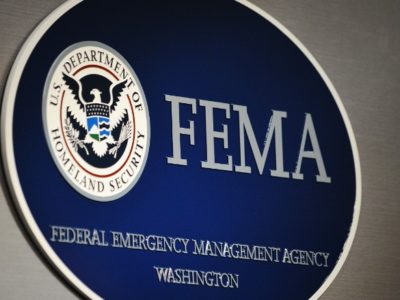Recommendations For Governor-Elect Newsom To Address Wildfire, Water, & Climate and Transportation Threats
New CLEE and Resources Legacy Fund report based on three expert convenings
Climate change exacerbates the droughts, floods, and wildfires that Californians now regularly experience, making them even more extreme and unpredictable. Gavin Newsom, California’s next governor, faces the urgent challenge of simultaneously preparing for inevitable disaster, improving the quality of life for residents, and minimizing the greenhouse gas emissions of a society of nearly 40 million people.
In that spirit, UC Berkeley School of Law’s Center for Law, Energy & the Environment (CLEE) and Resources Legacy Fund (RLF) have given Governor-Elect Gavin Newsom three detailed sets of actions he can take immediately to address wildfire and forest management; drought, flood, and drinking water safety and affordability; and the stubbornly high carbon pollution of our transportation systems.
Specific recommendations include:
- Creating comprehensive, data-driven maps that identify the highest-risk wildfire areas to help the state target investments in emergency response programs and vegetation treatment;
- Accelerating the consolidation of small water systems in disadvantaged communities that consistently do not receive adequate supplies of safe drinking water; and
- Giving local governments incentives to change commercial zoning to increase transit-accessible, affordable housing and reduce the number of miles people drive.
The report also recommends creating incentives for local governments to limit development in high-risk fire areas, designing a system that dedicates a volume of water for the environment to be managed for ecosystem recovery, and setting stringent housing, transportation and greenhouse gas reduction criteria for cities looking to expand or change their boundaries.
Each set of recommendations arose from separate, half-day symposia involving a dozen or more practitioners and experts with perspectives on wildfire, water, and the nexus of climate change, housing, and transportation. Experts included local government officials, former state agency heads, environmental advocates, industry leaders, and academic researchers.
RLF and CLEE organized the panels, moderated by me and Sacramento Mayor and former Senate President pro Tempore Darrell Steinberg. Despite often divergent perspectives, panelists worked to find agreement on near-term actions. After the discussions, CLEE and RLF distilled the top recommended actions with participant input.
RLF and CLEE delivered the recommendations to Governor-Elect Newsom, Chief of Staff Ann O’Leary, and Cabinet Secretary Ana Matosantos last week.
A few themes emerged in the discussions and recommended actions:
- Cities and counties hold primary authority for deciding whether people live in harm’s reach of wildfire, drought, or flood and whether they can get to jobs and services without long vehicle commutes. Wherever possible, the state should use incentives to spur local government actions that align with statewide goals such as reducing vehicle emissions or hardening communities against fire risk. But some situations – such as the provision of clean drinking water – warrant state regulation.
- The new governor should align the way state agencies spend money in order to achieve his priorities. Federal and state transportation dollars, for example, should be directed to projects that help reduce the number of miles people drive.
- Strong leadership and systematic coordination from the governor’s office are crucial to driving progress across departments toward a common goal. The new governor should appoint leaders in each area who can spearhead cohesive, rapid action across agencies and throughout state government.
The specific recommendations and panel members can be found here. Hopefully these recommendations will help the new governor and the public be better prepared for the environmental threats we face in California.
Reader Comments
One Reply to “Recommendations For Governor-Elect Newsom To Address Wildfire, Water, & Climate and Transportation Threats”
Comments are closed.







Much more pressure should be put on Local Agency Formation Commissions (LAFCOs) for all California counties to stop the continual sprawl of development into areas of wildland fire hazard and prime ag lands. People fail to realize how much development power is held by LAFCOs. Appreciate your insights.